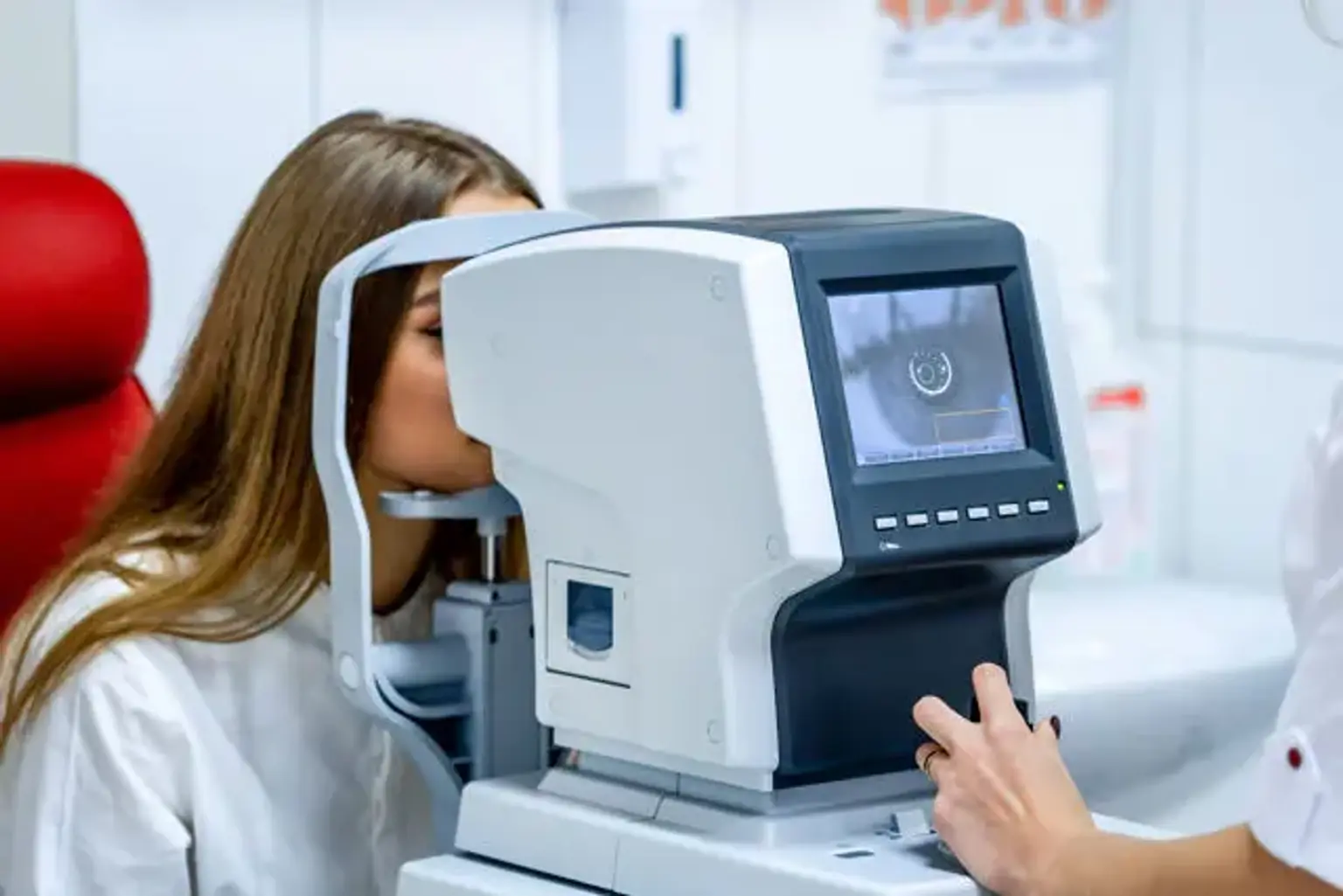Eyesight is one of the essential senses in the body. Nearly everything we perceive originates through the sense of eyesight. As such, protecting the eyes should be the key priority. This helps eliminate and reduce risks of vision loss, blindness, and other chronic eye conditions from developing.
Ophthalmology can help you with this. It’s a special field designed to oversee eye health, normal functionality, and any visual system concern that might arise. Moreover, it addresses a wide range of eye conditions affecting infants, children, adults, and older people.
Definition of Ophthalmology
Ophthalmology is a branch of medicine concerned with the diagnosis and treatment of a range of eye disorders. Usually, the eyes, including the structures and the entire visual system, are highly susceptible to various medical conditions. Such conditions can range from acute to chronic and fatal concerns, depending on the impaired structures or tissues.
